Affiliate links on Android Authority may earn us a commission. Learn more.
The renaissance of Android's Google OEM: The Motorola story
Published onNovember 22, 2013
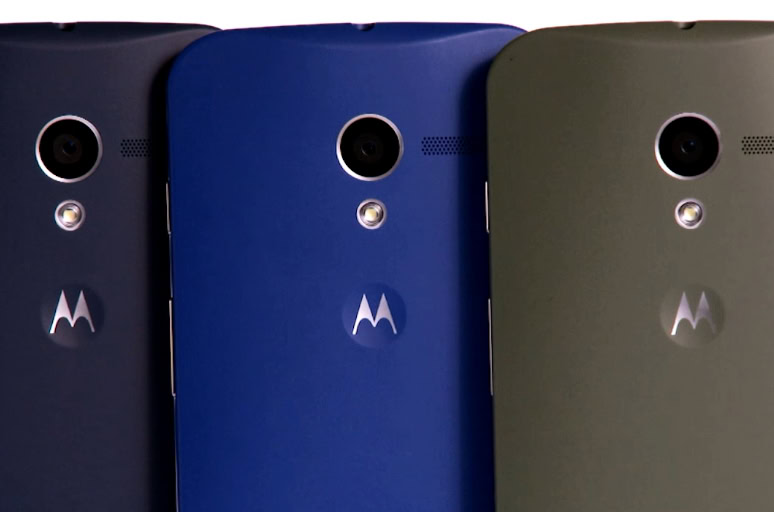
Exciting things are happening at Motorola. It’s been a tumultuous few years for the company that produced the first cell phone, but it has once again found the cutting edge. The Moto X is the first smartphone that’s always listening for its master’s voice, hinting at the largely untapped potential of Google Now. The Moto G has the aggressive pricing necessary to totally disrupt the smartphone market and loosen the carriers’ stranglehold. Google’s acquisition of Motorola Mobility is finally starting to bear fruit, could this blossoming herald a renaissance for one of mobile’s founding fathers?
Deep roots
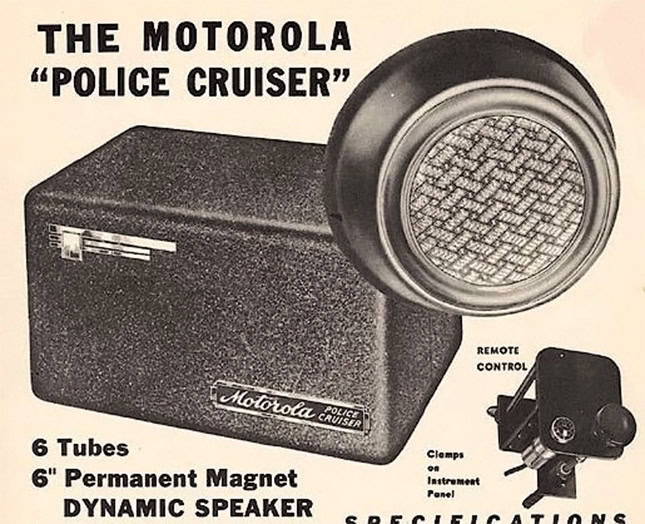
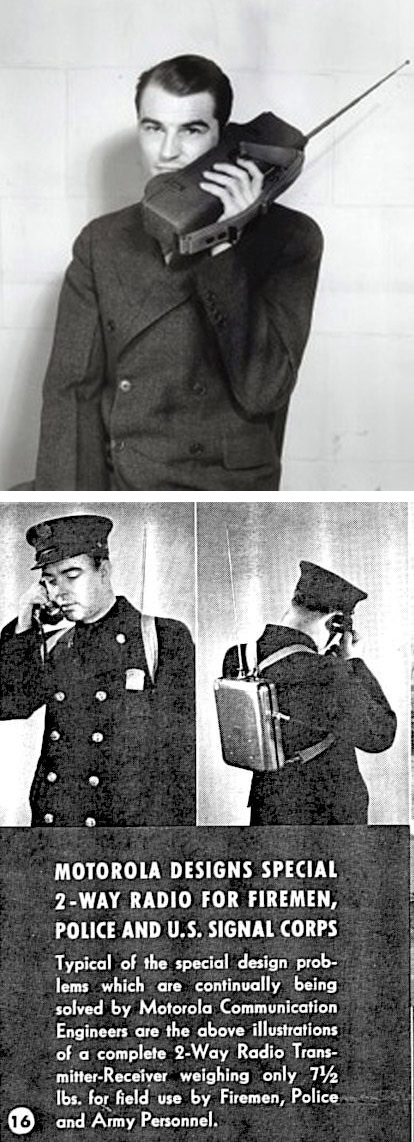
Moving into radio manufacture in 1930 the company found its first great success with car radios. The product also inspired the name Motorola, but it didn’t officially replace Galvin Manufacturing Corporation until 1947. By the end of the 1930s Motorola was a well-known brand producing home radios, phonographs, and two-way radio equipment.
The 1940s saw a major military contract for the “Handie-Talkie” portable two-way radio. As the decade progressed Motorola radios found their way into taxis and a car radio telephone service run by Bell in Chicago. The company also began to manufacture affordable television sets. With a strong commitment to research and development spending, the innovations just kept on coming. Motorola produced the first commercial high-power transistors in 1955, a paging system the same year, a low power two-way radio for vehicles in 1958, and the first cordless portable TV in 1960.
Its pioneer status at the cutting edge of technological achievement was neatly summed up when Motorola equipment was used to convey the message “that’s one small step for man, one giant leap for mankind,” in 1969.
The mobile phone
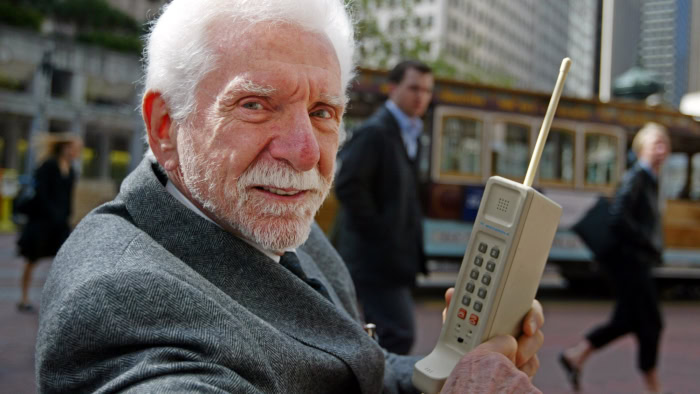
Nixon was in the White House and the Vietnam War was still raging when Motorola demonstrated the first portable cellular phone in New York in 1973. It took another ten years for the DynaTAC to reach consumers. Motorola still produced a lot of radio technology and semiconductors which supplied some of the big names, like Atari and Amiga, in the home computing revolution, but the mobile market was beginning to take off. The clamshell or flip open design was pioneered by Motorola in 1989 with the MicroTAC.
The line was refined throughout the 1990s and the company also enjoyed some success with two-way pagers, proposed the first all-digital HDTV standard, and got involved with the Internet revolution, producing cable modems and making a VoIP call. Mobile phones were the largest part of its business and Motorola was the biggest manufacturer around for a few years, but by the end of the 90’s Nokia had taken the crown.
An incredible success with the Motorola Razr line starting in 2004 masked Motorola’s decline. The V3 was a rare blend of fashionable design and function and it sold more than 130 million units in four years. The problem was that Motorola got bogged down trying to repeat that success by churning out more Razr-inspired models with ever decreasing margins. The innovation that had served it so well was nowhere to be found when the competition started selling touchscreen devices, 3G networks took off, and the smartphone age dawned.
Late to the smartphone party
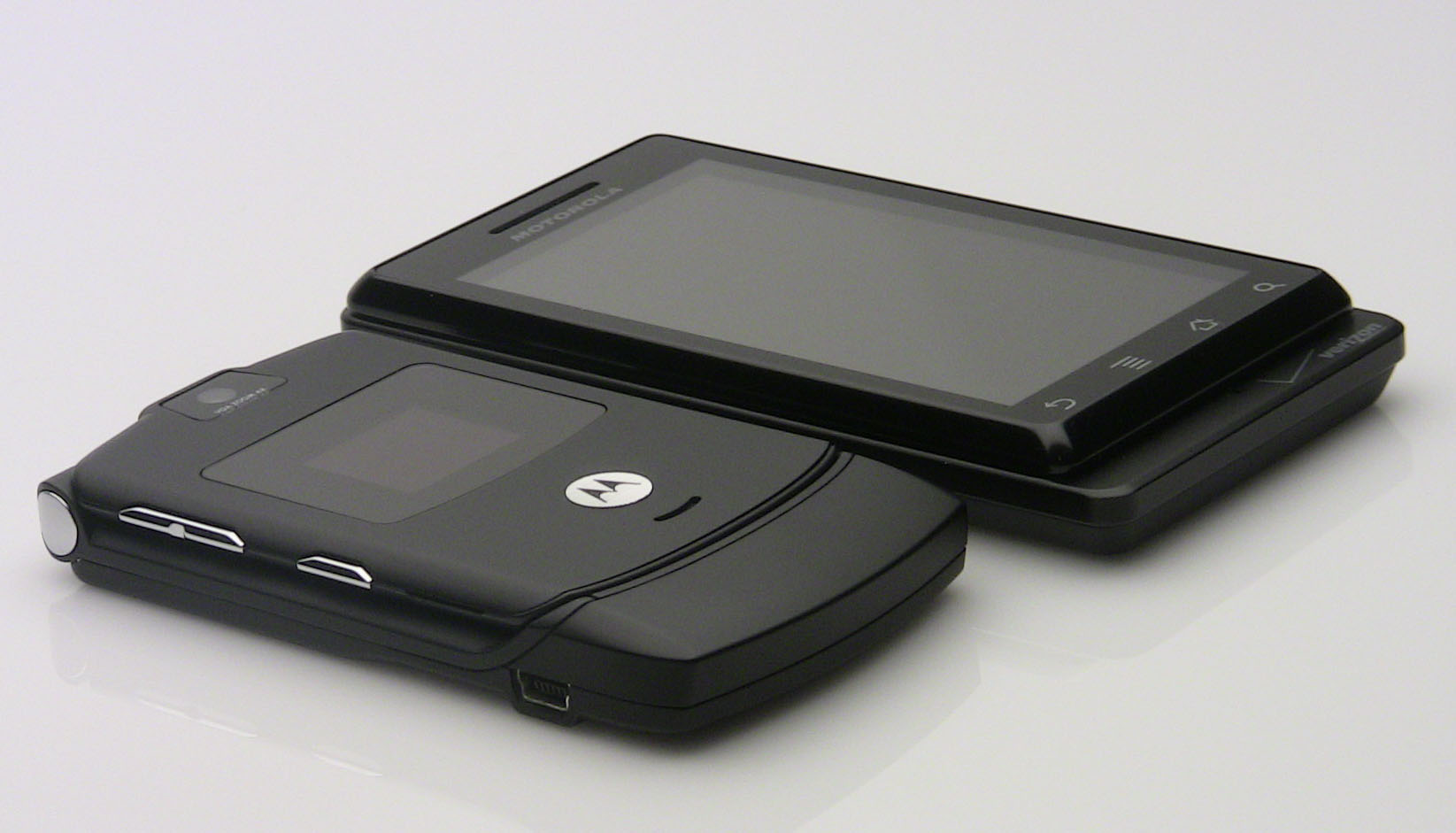
Things were looking pretty bleak for Motorola as 2008 began. The company had sold 1.5 million Razr sequels in the last quarter, but lost £388 million. Apple sold 2.3 million iPhones in the same period. Samsung had leapfrogged Motorola in the manufacturer charts. Investors were already floating the idea of spinning the mobile business off into a separate company to protect the profitable side, which was engaged in set-top boxes, radios, scanners, and network equipment. There were lay-offs and defections to Apple. Market share fell below 10% and it was only going in one direction.
In 2009 Motorola announced its first Android smartphone. The Motorola Cliq would be launched on T-Mobile in the U.S. and sold as the Dext in the rest of the world. It ran Android 1.5 Cupcake and had a 3.1-inch display with a 480 x 320 pixel resolution, which slide aside to reveal a full QWERTY keyboard. The design was bulky and the Motoblur overlay made the phone sluggish and delayed an Android update to the vastly improved 2.1. The Cliq launched in October 2009, but it was soon eclipsed by another Motorola phone which hit the market the next month.
This is the Droid you’re looking for
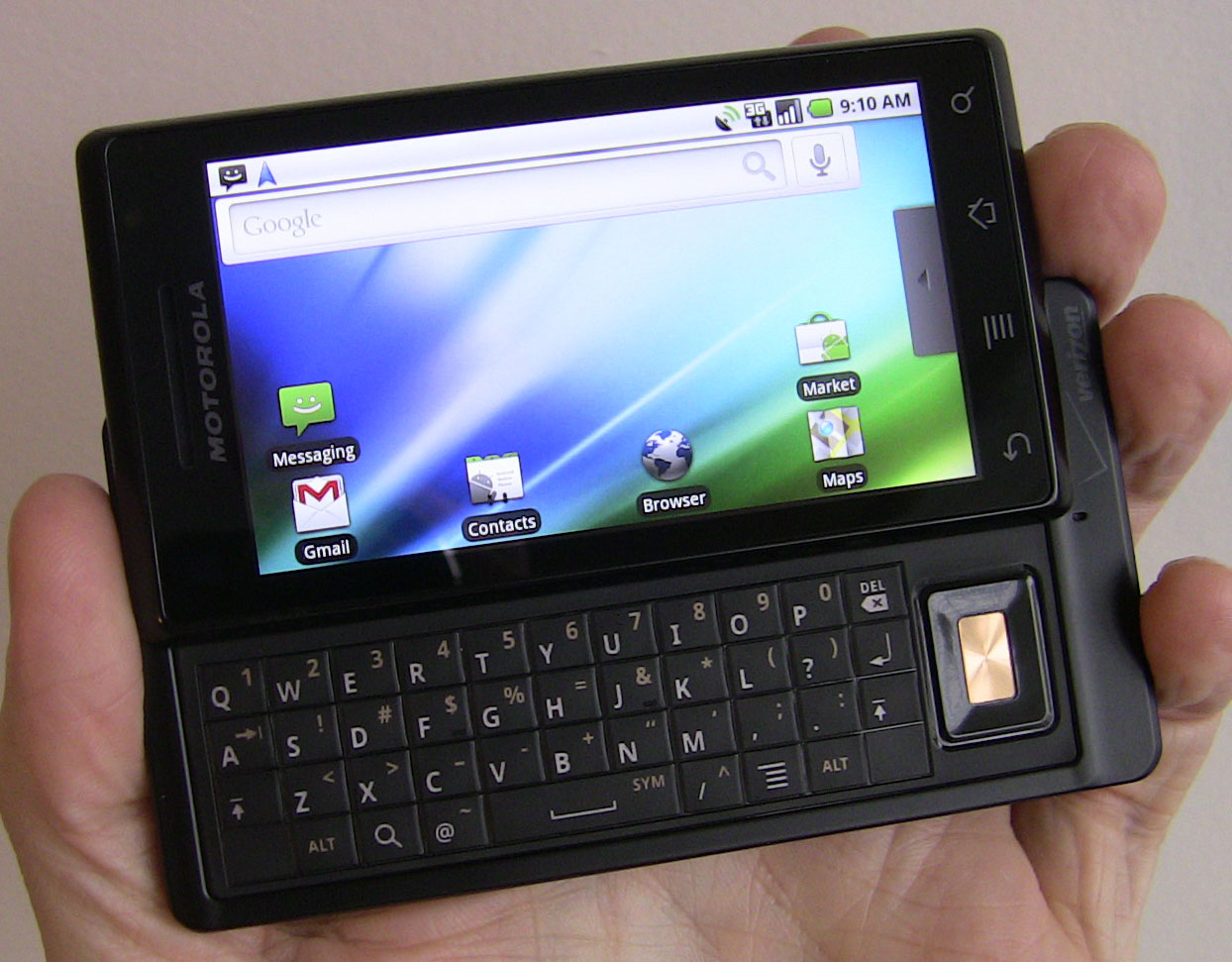
Verizon made the decision to carry some Android devices and the company put some serious marketing muscle behind the move. AT&T still had an exclusive hold on the iPhone, which wouldn’t come to Verizon until 2011. The carrier needed an alternative that could compete. Licensing the Droid name from Lucasfilm it worked with Motorola and Google to launch the Motorola Droid, the first in a long line of Droid handsets. The Motorola Droid was marketed as a real iPhone alternative and the “Droid Does” campaign focused on the features that were lacking in Apple’s flagship.
The Motorola Droid was the first phone to run Android 2.0, Eclair, and it had an impressive set of specs. It had a 3.7-inch touchscreen with an 854 x 480 resolution, a 600MHz processor, and a 5MP camera. There was also a physical keyboard and the Droid was mercifully free of Motoblur. The reviews were good and, according to Flurry, the Droid sold over a million units in its first 74 days on sale, which eclipsed the Nexus One and also beat the original iPhone.
It looked as though Motorola had turned a corner and the 2010 follow ups to the Droid were pretty successful too, especially the Droid X. Motorola’s handset division was briefly profitable again, but the company failed to capitalize on its Android success outside the U.S. and competition was stiff with Samsung and HTC scoring serious hits on the platform. Bizarre experiments with new form factors, like the Backflip and the Flipout were pretty disastrous.
Back into the red
In January 2011 the company was split apart, breaking into Motorola Mobility and Motorola Solutions. There was still doubt about the long term prospects for the mobile division and it proved to be well-founded.
Motorola Mobility tried to innovate with the Atrix. It was one of the first Android smartphones with a dual-core processor, but the real selling point was its ability to double up as a laptop with a special docking peripheral. It even had a fingerprint reader. There was a lot of excitement about the Motorola Atrix, but it just didn’t take off.
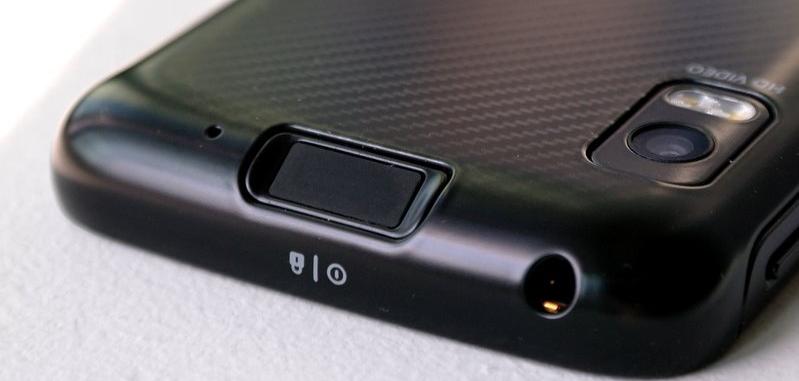
The first tablet to run Google’s new tablet-friendly version of Android, 3.0 Honeycomb, was the Motorola Xoom. Despite favorable coverage it was too expensive to make a real impact in the market and it didn’t sell anywhere near as well as Motorola had hoped.
Attempts to innovate continued as Motorola tried to revive its past successes with the svelte Droid Razr. Released at the end of 2011 it had solid specs and was marketed as the slimmest smartphone in the world at 7.1mm. It also had Kevlar coating on the back for durability. It was an attractive, premium device and it garnered good reviews, but there was something wrong with Motorola’s strategy.
Samsung, Apple, HTC, and even LG were outperforming Motorola. The company was producing good devices, but they were expensive. Releases were also limited internationally and hamstrung by carrier exclusivity in the States. Major delays to its first 4G LTE phone also did some damage. The company failed to capitalize on the Android boom and missed the excitement around 4G. By the middle of 2011 its share of the market had fallen to 4.1%.
Google as white knight
In the summer of 2011 the news broke that Google was going to acquire Motorola Mobility for $12.5 billion. The deal wouldn’t be completed until the following summer. The general consensus was that Google needed Motorola’s patents to arm in it in the ongoing patent war with Apple and Microsoft, especially after Google missed out on the Nortel patent package.
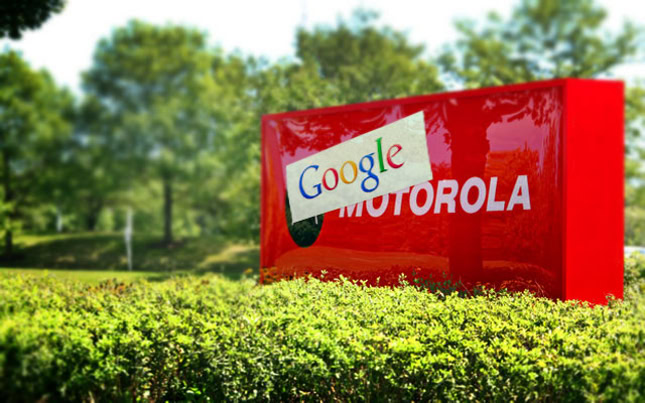
The idea that Motorola might return to form and challenge the major smartphone players again was dealt several blows as Google sold off parts of the company and shed more jobs. The underwhelming releases continued and the market share fell lower and lower. In February this year Google’s CFO shed some light on the process, “We’ve inherited 18 months of pipeline that we actually have to drain right now, while we’re actually building the next wave of innovation and product lines,” Pichette explained.
So, Google was flushing out the old and sculpting a new, leaner Motorola that might signal a return to form.
The Moto X and the Moto G

The first Motorola device to bear the hallmarks of Google’s influence was the Moto X, released in August. It has been well-received and it highlights new potential directions for Android OEMs. The tie in with the fast-improving Google Now and those always listening, always ready sensors could pave the way for more hands-free operation; something that’s bound to be an important factor for wearable tech as well. It’s also relatively affordable and offers some interesting customization options.
A limited U.S. release for the Moto X hints at some traditional problems for Motorola and it frustrates potential customers in the rest of the world. It’s too early to say how successful the Moto X might be, but the company certainly isn’t hanging around to find out.
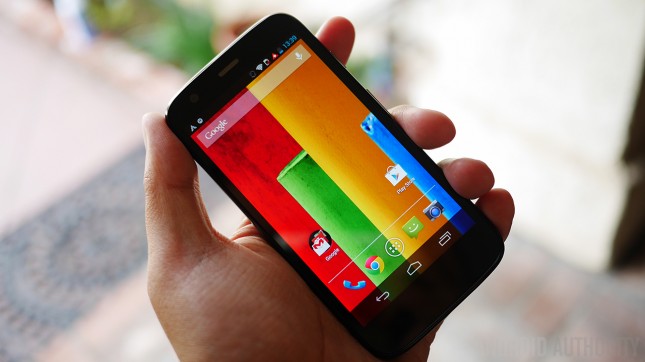
The Moto G has definitely sent a few shockwaves through the market. Motorola’s CEO, Derek Woodside has been talking about the potential of budget devices for a while now, but no one saw this coming; a smartphone for $179 off contract with impressive specs and version 4.3 of Android with 4.4 to follow very soon. The wide international release reveals Google’s ambition to ensure that emerging markets are buying phones with its software and services on board.
This price point potentially frees people from the tyranny of the two-year contract. It also shows a commitment to making sure that Google’s services run, and run well, without needing the latest cutting edge hardware. This move could signal Google’s route to dealing with fragmentation once and for all, and it will undoubtedly serve the company’s ultimate aim of pulling more people into its ecosystem.
For the first time in a long time there are compelling reasons to buy a Motorola. The fact that Android 4.4 took just three weeks to roll out on the Moto X bodes well for future updates and the Moto G is clearly the best budget smartphone available right now.
Motorola Mobility is no stranger to success, but its fate as “a Google company” has been hard to predict until now. We think a return to form and fortune lies ahead.